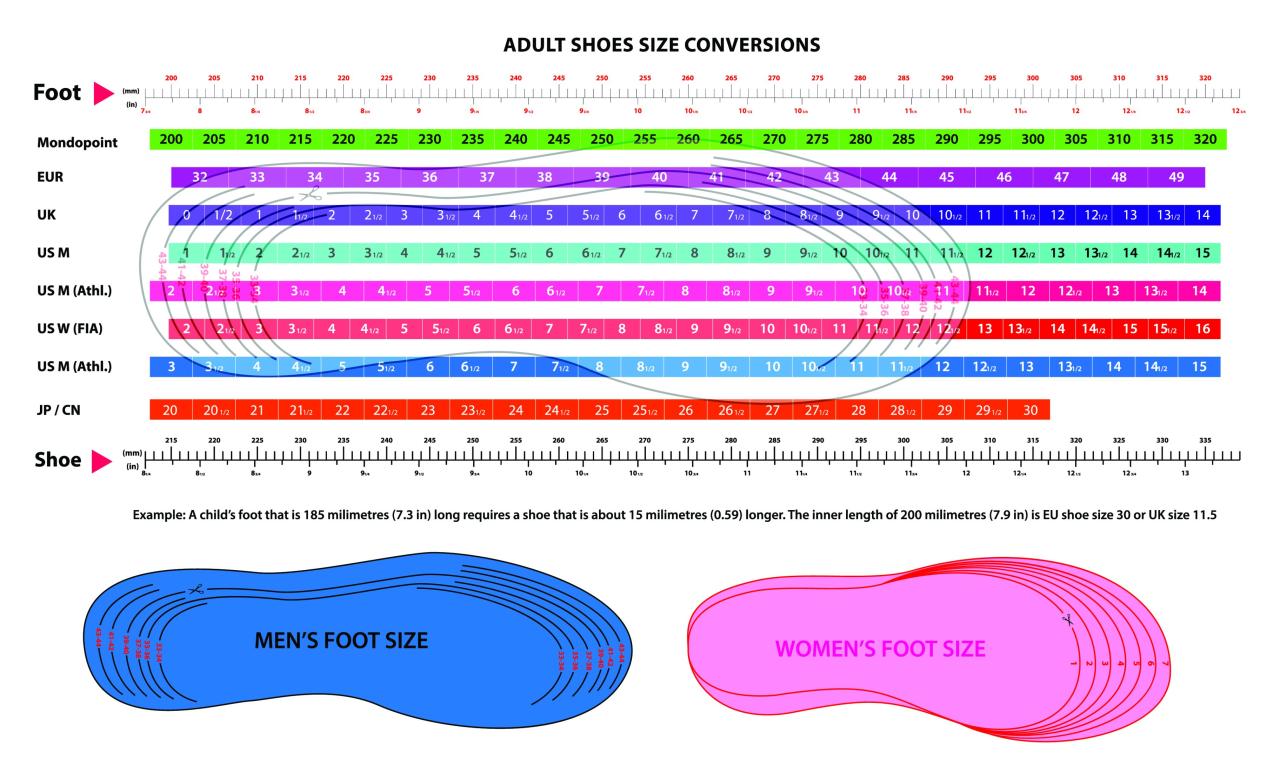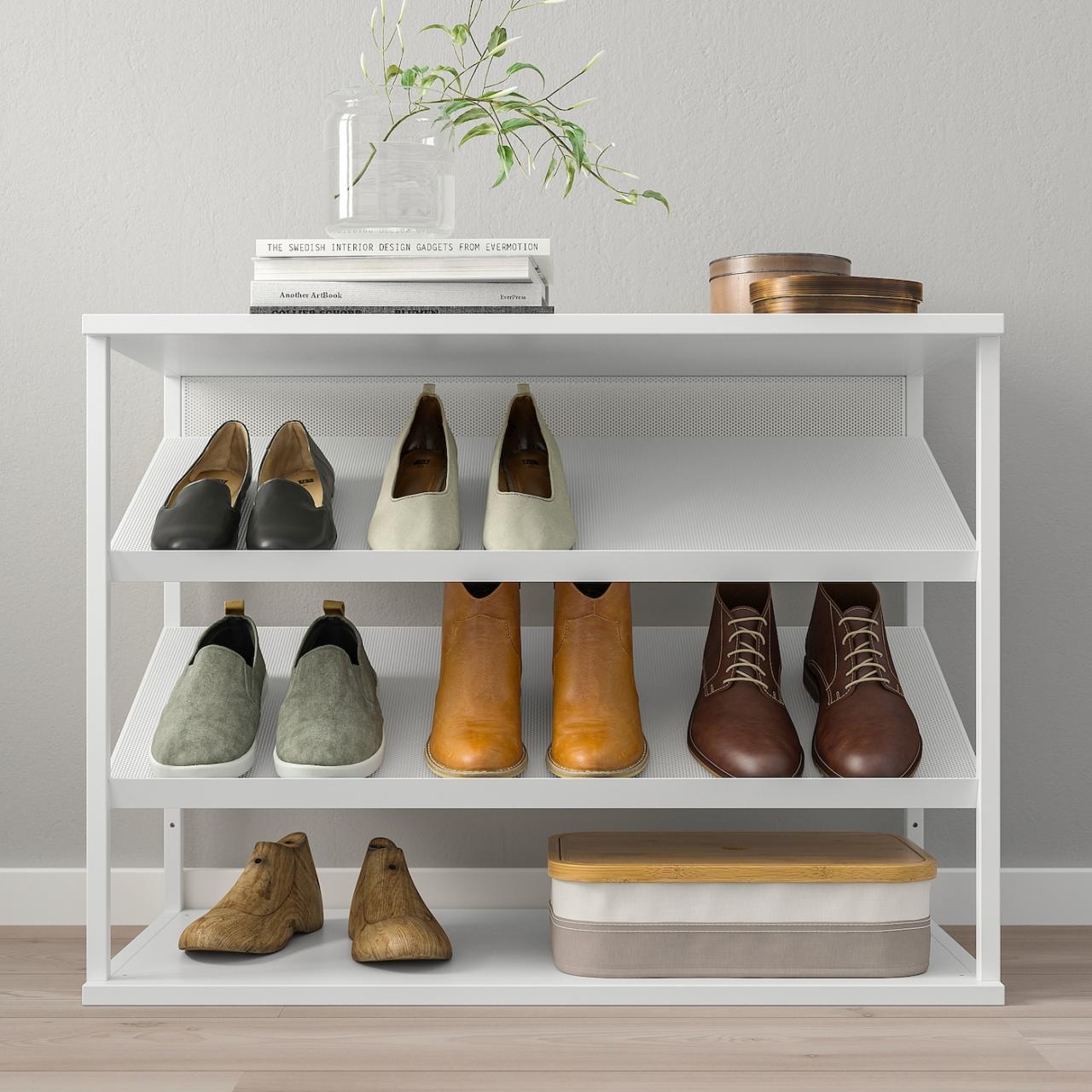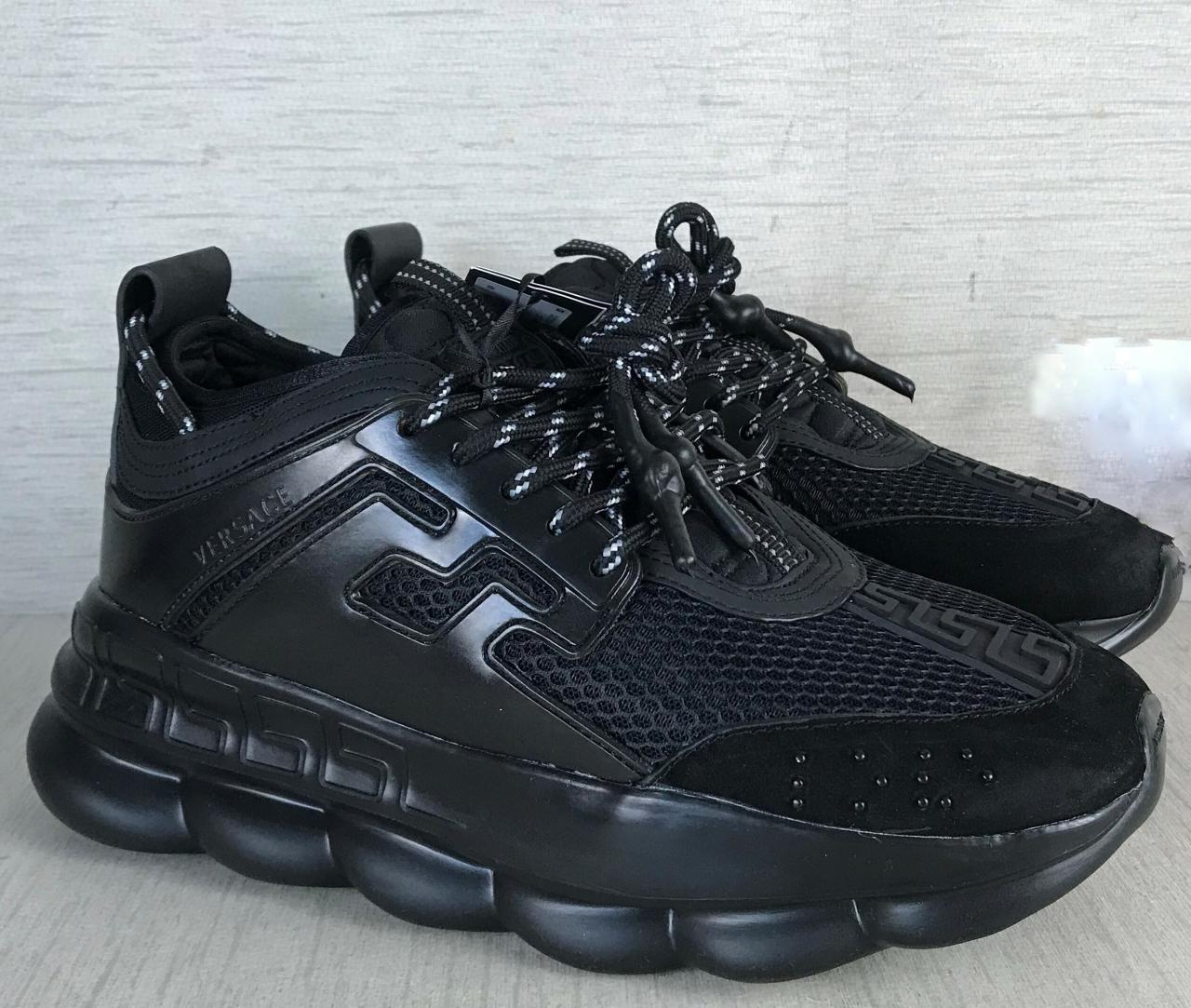Mens to womens shoe size: a question that often arises when navigating the world of footwear. While it might seem straightforward, the conversion isn’t always as simple as subtracting a few sizes. Factors like brand, style, and even the individual’s foot shape can play a role in finding the perfect fit.
Understanding the differences in sizing between men’s and women’s shoes is crucial for a comfortable and stylish experience. This guide delves into the complexities of conversion, exploring the anatomical differences that drive sizing variations, and offering practical tips for finding the right fit.
Understanding the Conversion

The conversion between men’s and women’s shoe sizes can be a bit confusing, but it’s not as complicated as it might seem. The main difference is that men’s shoe sizes are typically larger than women’s sizes, even though they might share the same numerical value.
This difference stems from the fact that men’s feet are generally longer and wider than women’s feet.
General Size Difference
To put it simply, a men’s size 9 shoe is not the same as a women’s size 9 shoe. A women’s size 9 is generally about 1.5 sizes smaller than a men’s size 9. This difference in size is consistent across most shoe brands, though there might be slight variations depending on the specific brand and style of the shoe.
Conversion Table
Here’s a general conversion table to help you understand the common size differences:
- Men’s Size 7 = Women’s Size 8.5
- Men’s Size 8 = Women’s Size 9.5
- Men’s Size 9 = Women’s Size 10.5
- Men’s Size 10 = Women’s Size 11.5
- Men’s Size 11 = Women’s Size 12.5
Brand-Specific Size Charts
It’s always a good idea to check the specific size conversion chart for the brand you’re interested in. Many shoe brands provide detailed size charts on their websites or in their stores. For example, Nike, Adidas, and Converse all have their own unique size conversion charts that may differ slightly from the general conversion table.
Factors Influencing Size Differences
The anatomical differences between men’s and women’s feet are the primary reason for the discrepancy in shoe sizing. These differences also influence the construction and design of men’s and women’s shoes.
Anatomical Differences
Men’s feet are typically longer and wider than women’s feet, which directly affects shoe size. Men also tend to have higher arches, which can influence the fit of certain shoe styles. These anatomical differences have led to the development of distinct shoe sizing systems for men and women.
Impact on Shoe Sizing
The difference in foot size and shape between men and women means that shoes designed for each gender need to accommodate these variations. Men’s shoes are typically built with a wider toe box and a longer overall length to fit their larger feet.
Women’s shoes, on the other hand, are often designed with a narrower toe box and a shorter length to accommodate their smaller feet.
Shoe Construction Methods
Shoe construction methods can also vary between men’s and women’s footwear. For example, men’s shoes often use sturdier materials and heavier construction techniques, while women’s shoes may prioritize flexibility and lightweight designs. These differences in construction can also influence the fit and feel of the shoe.
Practical Implications for Shopping: Mens To Womens Shoe Size
Converting shoe sizes from men’s to women’s can be tricky, especially if you’re not familiar with the process. Understanding the common pitfalls and following a systematic approach can help you find the right fit.
Common Pitfalls
One common pitfall is assuming that a men’s size 9 is the same as a women’s size 9. As we’ve discussed, this is not the case. Another mistake is relying solely on the size conversion table without considering the specific brand and style of the shoe.
Shoe sizes can vary significantly between brands, so it’s essential to consult the brand’s size chart for accurate conversions.
Choosing the Right Size
Here’s a simple guide to help you choose the right women’s shoe size based on a men’s size:
- Start with the general conversion table:Use the table to get a rough estimate of the women’s size corresponding to the men’s size.
- Check the brand’s size chart:Look up the specific size chart for the brand you’re interested in. This chart will provide more accurate conversions for that particular brand.
- Consider the style:Certain shoe styles may fit differently than others. For example, sneakers might run slightly larger than dress shoes. Keep this in mind when making your final decision.
- Read customer reviews:Online reviews can provide valuable insights into the sizing of a particular shoe style. Look for comments about the fit and how the shoe runs.
Navigating Online Shopping
When shopping for shoes online, pay close attention to the size chart provided by the retailer. Look for detailed information about the shoe’s fit, width, and length. Many online retailers also offer size guides or FAQs to help you make the right choice.
Historical and Cultural Perspectives
The evolution of shoe sizing standards for men and women has been influenced by historical and cultural factors. These factors have shaped the way we understand and measure shoe sizes, creating distinct sizing systems for each gender.
Evolution of Shoe Sizing Standards
In the early days of shoemaking, shoe sizes were often determined by foot length alone. This led to inconsistencies and variations in sizing across different regions and time periods. As shoemaking technology advanced, more standardized sizing systems emerged. The development of the “Brannock Device” in the early 20th century revolutionized shoe sizing, allowing for more accurate measurements of foot length and width.
Cultural Influences
Cultural factors have also played a role in shaping shoe sizing standards. For example, in some cultures, men’s shoes are traditionally designed to be more durable and functional, while women’s shoes may prioritize aesthetics and style. These cultural preferences have influenced the design and construction of shoes, leading to distinct sizing systems for each gender.
Timeline of Shoe Size Conversion Practices, Mens to womens shoe size
Here’s a simplified timeline illustrating the development of shoe size conversion practices:
- Early 19th century:Foot length was the primary measurement for shoe size. Sizing was inconsistent and varied across regions.
- Early 20th century:The “Brannock Device” was introduced, providing more accurate measurements of foot length and width. Standardized sizing systems began to emerge.
- Mid-20th century:Shoe sizing became more standardized, with distinct sizing systems for men and women. Brand-specific size charts became more common.
- Late 20th century and beyond:Shoe sizing continues to evolve, with advancements in technology and materials influencing shoe design and construction.
Beyond the Basics
In recent years, the concept of “unisex” sizing in shoes has gained traction. This approach aims to create a more inclusive sizing system that transcends traditional gender distinctions.
Unisex Sizing
Unisex sizing typically uses a single size chart for both men and women. This approach eliminates the need for separate men’s and women’s size conversions. For example, a unisex size 9 would be the same for both men and women.
Challenges and Benefits
Unisex sizing presents both challenges and benefits. One challenge is that it can be difficult to find a shoe that fits perfectly, as foot shapes and sizes vary significantly between individuals, regardless of gender. However, unisex sizing can be more inclusive and provide a wider range of options for people who don’t identify with traditional gender norms.
Brands Offering Unisex Sizing
Several shoe brands have adopted unisex sizing, including:
- Converse:Converse offers unisex sizing for most of their iconic Chuck Taylor All-Star sneakers.
- Vans:Vans also offers unisex sizing for many of their classic skate shoes and other styles.
- Dr. Martens:Dr. Martens has a wide range of unisex boots and shoes.
Concluding Remarks
From the evolution of sizing standards to the modern embrace of unisex options, understanding the intricacies of mens to womens shoe size is key to making informed choices. Whether you’re a seasoned shopper or a first-time buyer, this guide provides the knowledge and tools to navigate the world of footwear with confidence.
So, step into the world of shoe sizing with a newfound understanding and find the perfect fit for your unique style.













